12 Herbs That Thrive When Planted at the End of Summer
As summer fades and cooler temperatures set in, it’s the perfect time to plant herbs that thrive in the fall weather. Many herbs grow best when temperatures begin to drop, offering fresh flavors well into the cooler months. Whether you’re looking to enhance your dishes with fragrant herbs or add some greenery to your garden, these hardy plants will flourish as the days get shorter.
This post may contain affiliate links, which helps keep this content free. Please read our disclosure for more info.
Cilantro
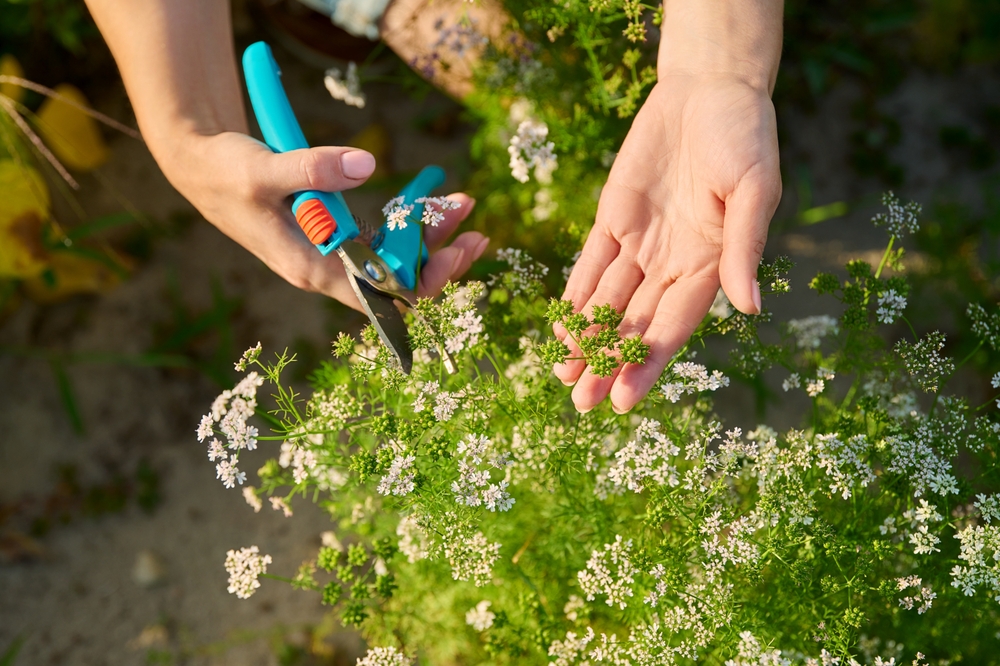
Cilantro is a herb that performs best in cooler weather, which makes it an ideal plant for the end of summer. When temperatures begin to drop in the fall, cilantro tends to flourish, producing tender, aromatic leaves. Its growth cycle starts strong in the cooler months, allowing for a long harvest season. In warmer climates, cilantro often bolts too quickly; however, by planting it late in the summer, gardeners can avoid this issue. The herb grows quickly and can be used for a variety of culinary dishes, from salads to salsas.
Planting cilantro in late summer gives it the chance to grow to its full potential without the stress of intense summer heat. It prefers a partially shaded spot with well-drained soil, making it adaptable for various garden settings. As temperatures cool, cilantro produces an abundance of fresh, flavorful leaves that are great for cooking.
Dill
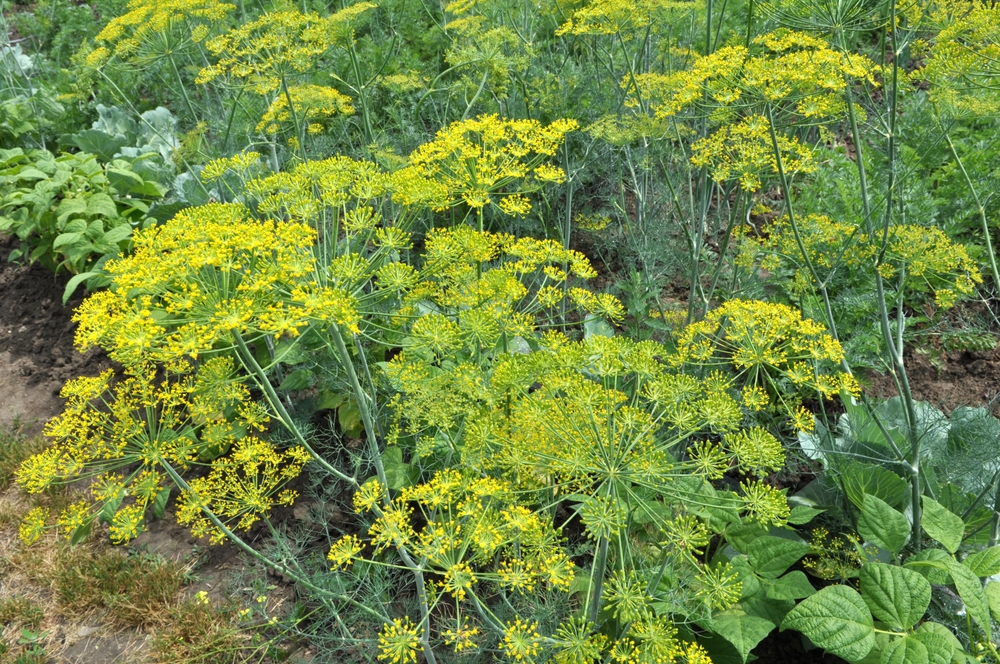
Dill is another herb that enjoys the cooler fall weather, making it an excellent choice for planting at the end of summer. Its feathery leaves and distinctive aroma thrive when temperatures drop, making it perfect for a fall harvest. Dill grows quickly, often reaching maturity in just a few weeks, allowing gardeners to enjoy multiple harvests within a short period. Additionally, dill’s deep roots help it stay resilient against frost, making it a hardy choice for late summer planting.
Dill is perfect for growing in full sun, though it also tolerates partial shade, especially as the fall weather cools. Its long, delicate fronds can be used in everything from pickles to sauces, adding a fresh, tangy flavor. By planting dill at the end of summer, you can harvest it well into the cooler months.
Fennel
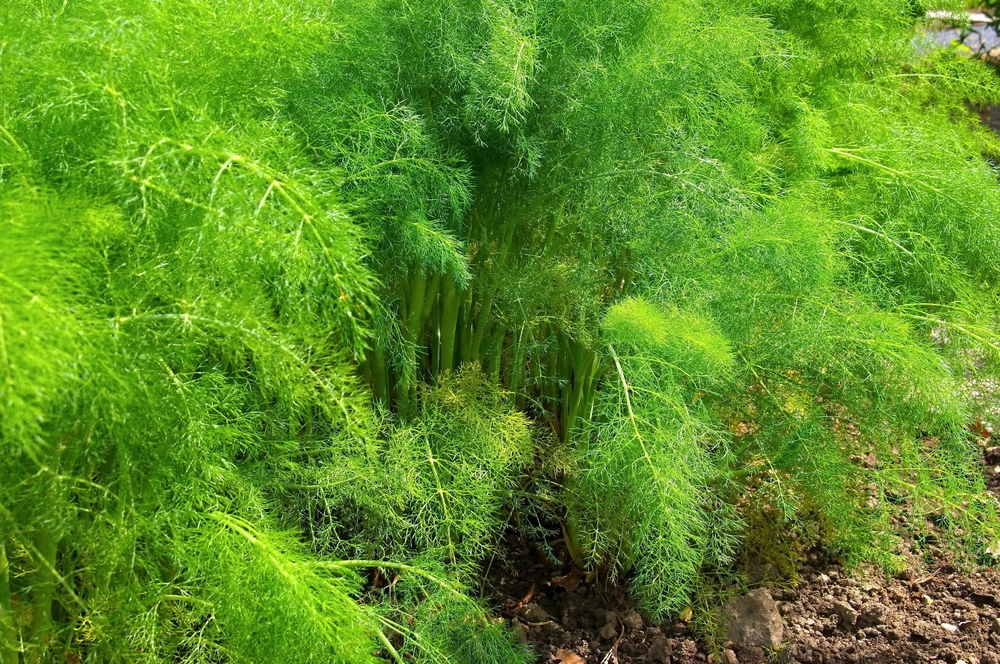
Fennel is a hardy herb that thrives in the cooler temperatures of fall, making it an excellent choice for late summer planting. This herb enjoys a long growing season, and by planting it at the end of summer, you give it ample time to develop its bulbous base and delicate fronds. Fennel prefers full sun, but it can handle partial shade as the days shorten. As the weather cools, fennel’s flavor becomes more pronounced, making it perfect for both savory dishes and fresh salads.
Fennel is relatively easy to grow in well-drained soil and does well with regular watering. When planted at the end of summer, it tends to produce a more robust harvest that can be used for both its leaves and bulbs. Its slightly sweet and anise-like flavor adds depth to dishes, and it pairs wonderfully with roasted vegetables or seafood.
Parsley
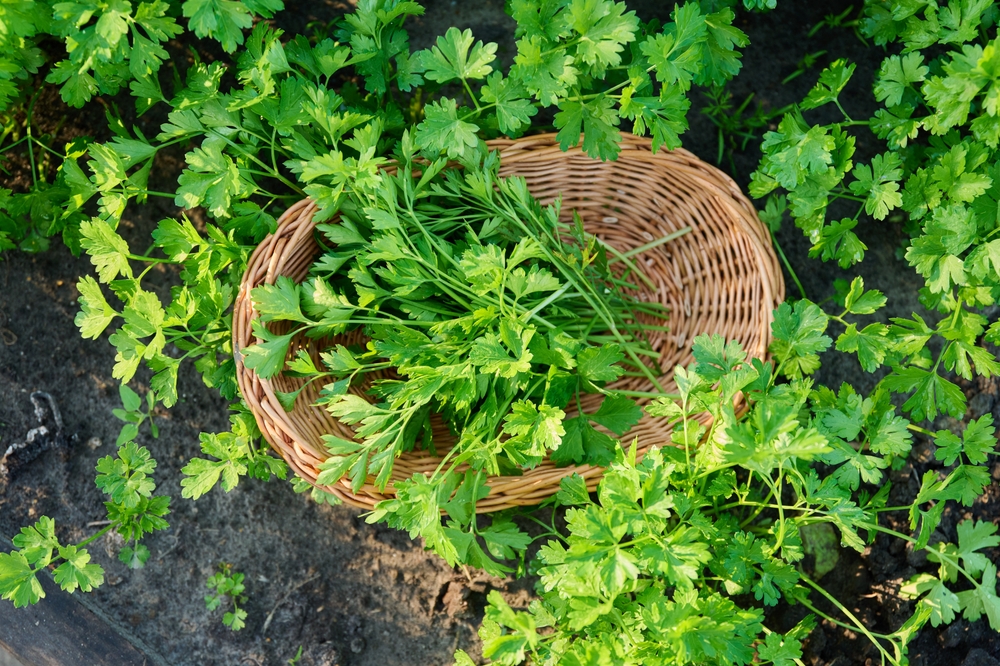
Parsley is a versatile herb that thrives in the cooler temperatures of late summer and fall. When planted in late summer, it has the opportunity to develop strong, flavorful leaves, which are perfect for harvesting in the fall. Parsley prefers slightly cooler temperatures to prevent bolting, which often occurs during the heat of summer. By planting it towards the end of summer, you give it a chance to grow robustly before the chill of winter sets in.
This herb grows best in rich, well-drained soil and needs regular watering to stay healthy. Parsley does well in both full sun and partial shade, making it adaptable for various garden setups. It is a perfect addition to a fall garden, offering a refreshing burst of flavor for soups, salads, and stews.
Thyme
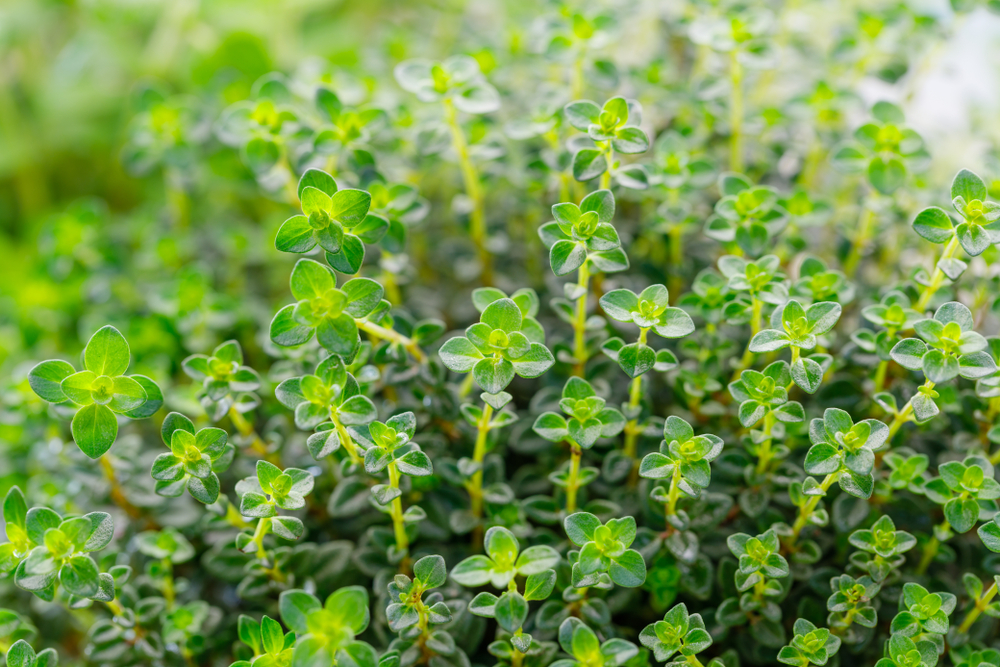
Thyme is a hardy herb that thrives when temperatures begin to cool down in the fall. Late summer planting allows thyme to take advantage of the mild weather, growing strong and producing an abundance of fragrant leaves. Thyme prefers well-drained soil and full sun but can tolerate partial shade as the weather cools. This herb’s woody stems and tiny leaves make it perfect for cooking, adding a deep, earthy flavor to dishes.
By planting thyme at the end of summer, gardeners can extend their harvest season into the cooler months. It grows slowly at first, but once established, it’s a low-maintenance herb that can withstand frost and continues to grow throughout fall and winter. Thyme is perfect for both savory and hearty dishes, from stews to roasted meats.
Oregano
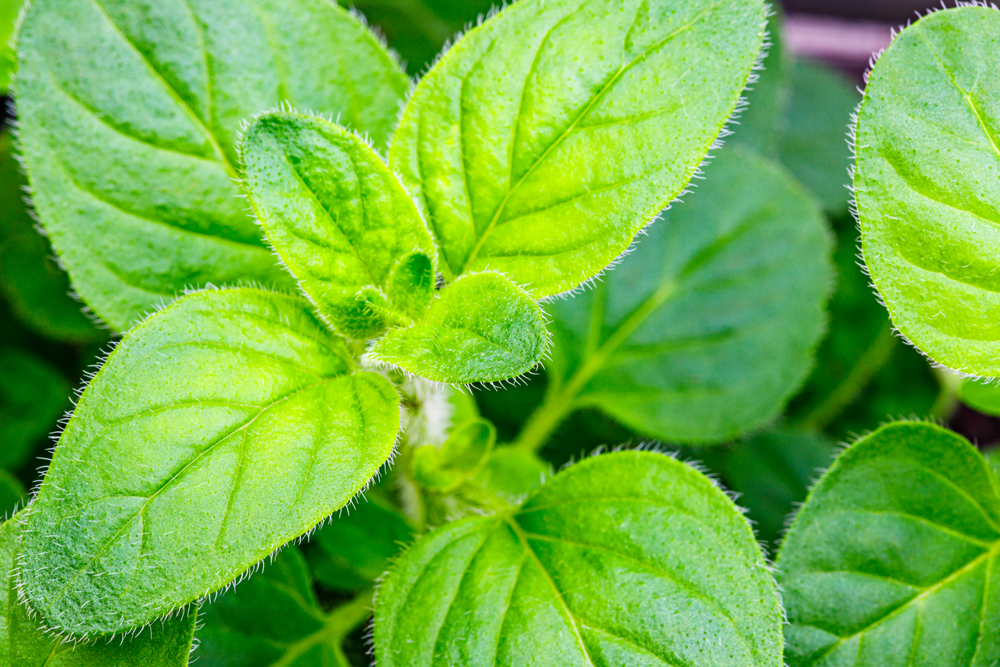
Oregano is another herb that thrives in cooler temperatures, making it ideal for planting in late summer. It grows well in full sun and well-drained soil, where it can spread and form dense mats of aromatic leaves. As the weather cools, oregano’s flavor becomes more pronounced, making it perfect for use in fall dishes like pasta sauces, pizzas, and roasted vegetables. Oregano is also known for its resilience against frost, making it a great herb for the colder months.
Late summer planting allows oregano to establish itself before the first frost. It’s a low-maintenance herb that requires minimal care once established. With its slightly bitter and peppery flavor, oregano adds a distinct touch to various Mediterranean and Italian dishes.
Chives
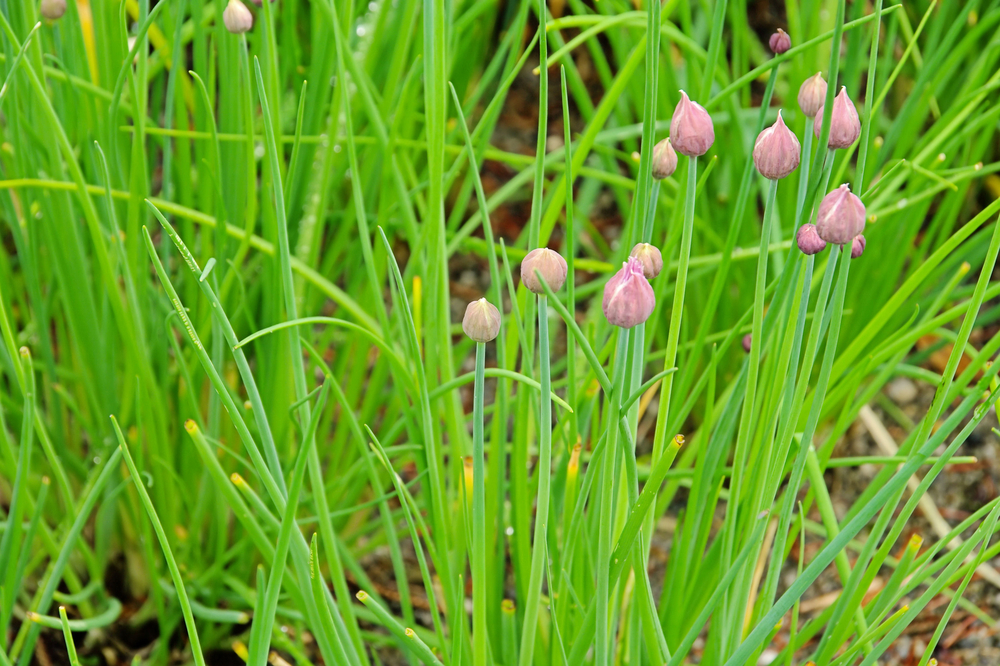
Chives are a cool-weather herb that thrives when planted late in the summer. These hardy plants do well in the fall, as the cool air helps them produce tender, flavorful leaves. Chives grow quickly, and with regular harvesting, they continue to produce fresh leaves throughout the fall and early winter. They thrive in well-drained soil with plenty of sunlight and can even tolerate light frost once established.
This herb is perfect for adding a mild onion flavor to dishes like salads, soups, and eggs. Chives are also great in herb gardens and container gardens, making them versatile for any growing space. Their ability to thrive in the cooler months makes them an excellent choice for late summer planting.
Mint
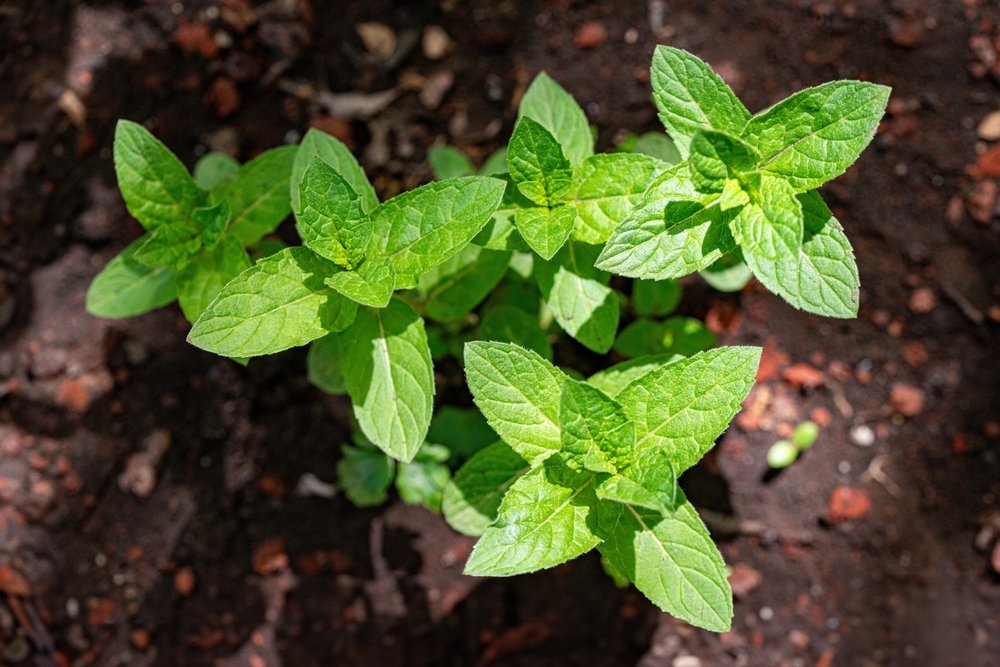
Mint is an herb that grows well in the cooler temperatures of fall, making it ideal for planting in late summer. While mint prefers moist soil and partial shade, it can also thrive in full sun, especially as temperatures begin to cool. This herb spreads quickly, so it is best planted in containers or controlled areas to prevent it from taking over your garden. Mint’s refreshing flavor makes it a popular addition to everything from teas to desserts.
Mint grows well into the fall and can even tolerate light frosts, which makes it a perfect herb for end-of-summer planting. With regular watering and occasional pruning, mint will continue to thrive, providing fresh leaves that can be harvested for months. Whether you want to use it fresh or dried, mint is a versatile and hardy herb.
Sage
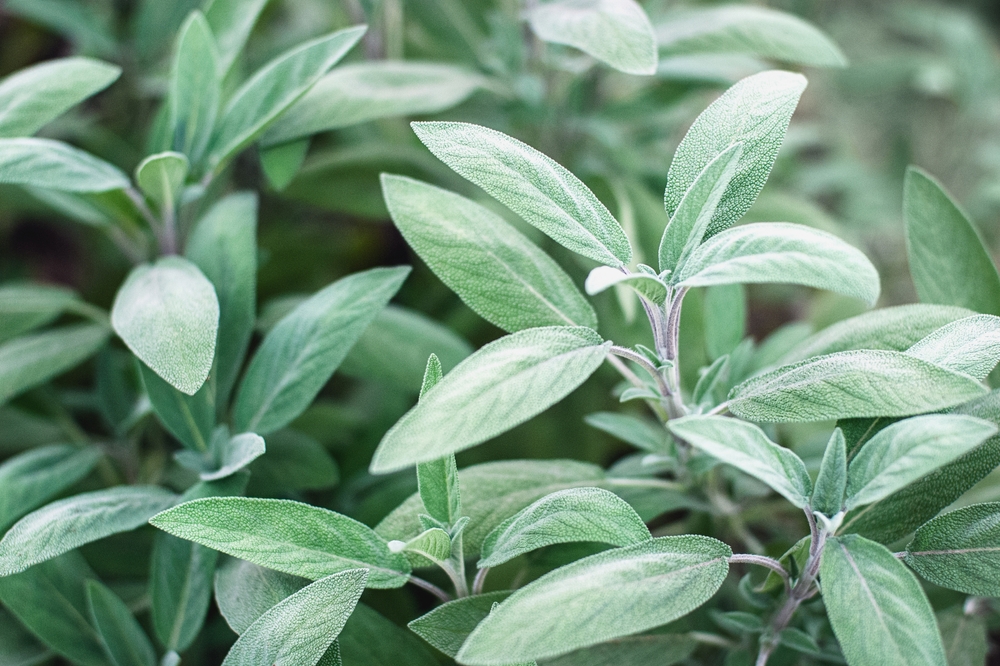
Sage is a hardy perennial herb that thrives in cooler fall weather. By planting it at the end of summer, you allow the plant to establish strong roots before the chill of winter. Sage enjoys full sun and well-drained soil, and its fragrant leaves are perfect for autumn dishes like stuffing, roasted meats, and soups. As temperatures cool, sage’s flavor intensifies, making it a perfect herb for hearty fall recipes.
Sage is low-maintenance once established and can withstand frost, which means it will continue to produce throughout the colder months. Its gray-green leaves add both flavor and texture to various dishes, making it a favorite in both savory and sweet culinary creations.
Lovage
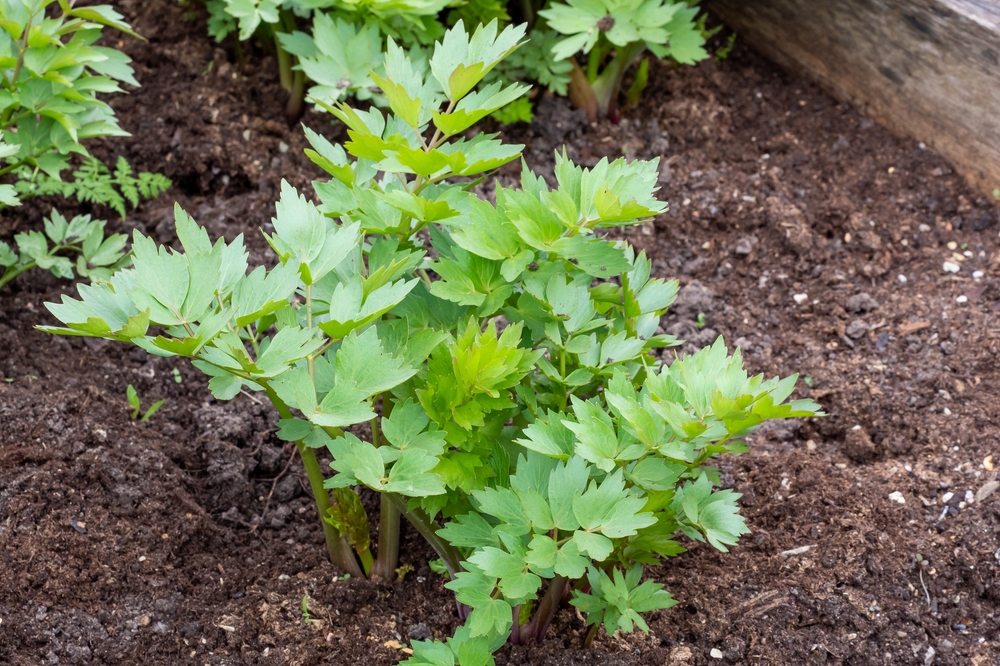
Lovage is a less common herb that thrives in the cooler weather of fall, making it perfect for planting in late summer. This herb grows quickly and has a distinct, celery-like flavor, making it a great addition to soups, stews, and salads. Lovage prefers full sun and moist, well-drained soil, but it can tolerate partial shade as well. It’s an excellent herb for late summer planting because it can develop quickly and produce abundant leaves before the frost sets in.
Lovage is a perennial herb that can be used fresh or dried. It is a great herb for seasoning dishes during the fall, offering a fresh, aromatic flavor. By planting lovage late in the summer, you can enjoy a bountiful harvest that lasts well into the fall.
Tarragon
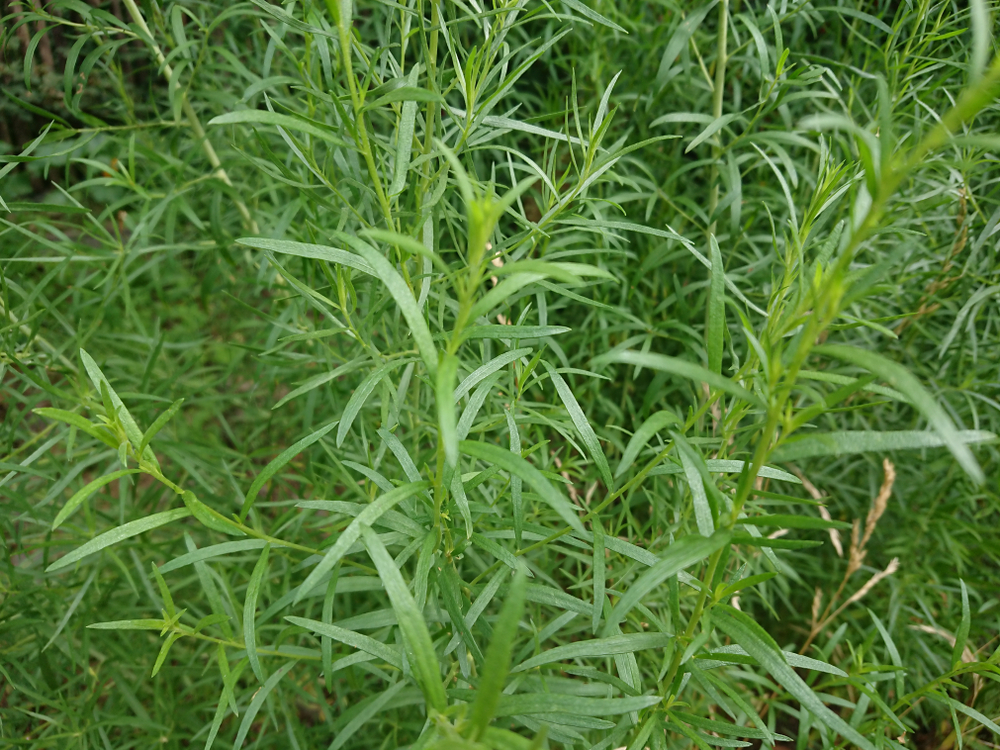
Tarragon is a herb that thrives in cooler temperatures, making it ideal for late summer planting. This herb grows well in full sun and prefers slightly dry soil with good drainage. Tarragon’s distinctive flavor adds a touch of anise to dishes, making it popular in French cuisine, especially in sauces, dressings, and marinades. As the weather cools, tarragon grows more robustly, allowing for a longer harvest season.
Planting tarragon at the end of summer gives it enough time to establish itself before the cooler temperatures set in. Once established, tarragon is relatively low-maintenance and can tolerate light frost, continuing to provide fresh leaves for cooking. Its unique flavor makes it a versatile herb in many savory dishes.
Lemon Balm
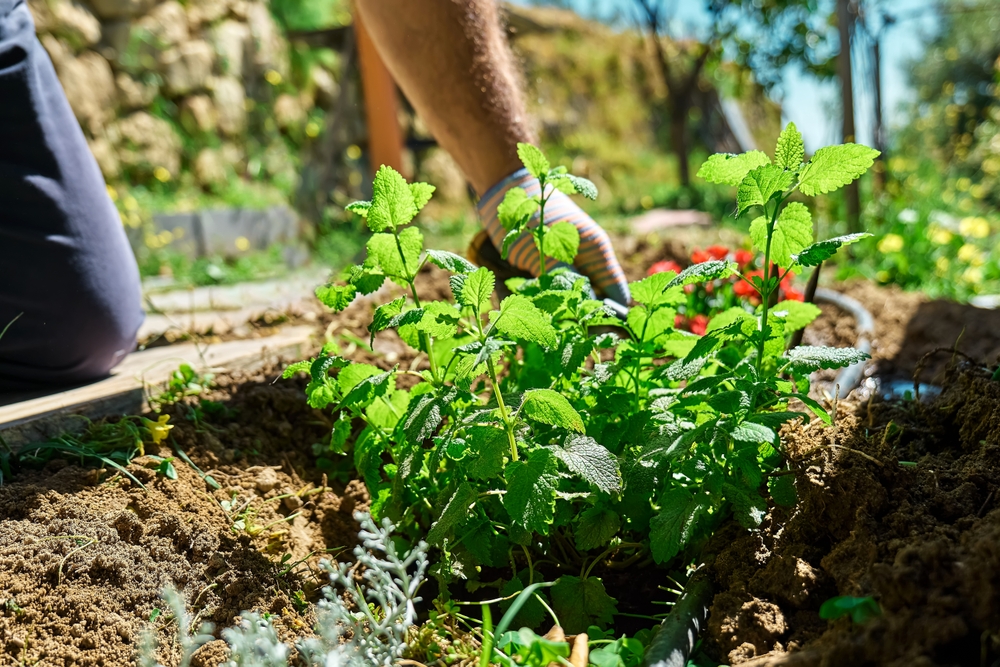
Lemon balm is another herb that thrives when planted at the end of summer. This herb enjoys the cool fall weather and grows quickly, making it a great choice for late summer planting. It prefers partial shade and moist, well-drained soil, and its lemony aroma adds a fresh, citrusy flavor to dishes, teas, and even desserts. Lemon balm grows well into the cooler months, continuing to produce fresh leaves even after the first frost.
Lemon balm is easy to grow and can be harvested regularly throughout the fall. It is a refreshing herb that works well in both savory and sweet applications, and it also has medicinal properties, making it an herb worth cultivating. By planting it late in the summer, you can extend your harvest into the cooler months.
This article originally appeared on Avocadu.
